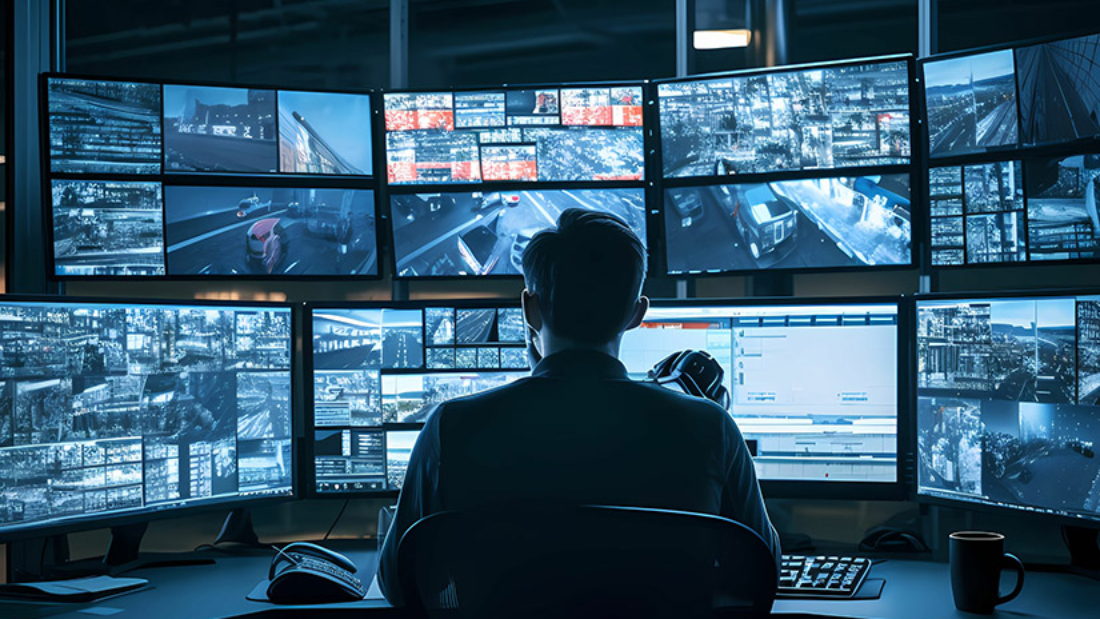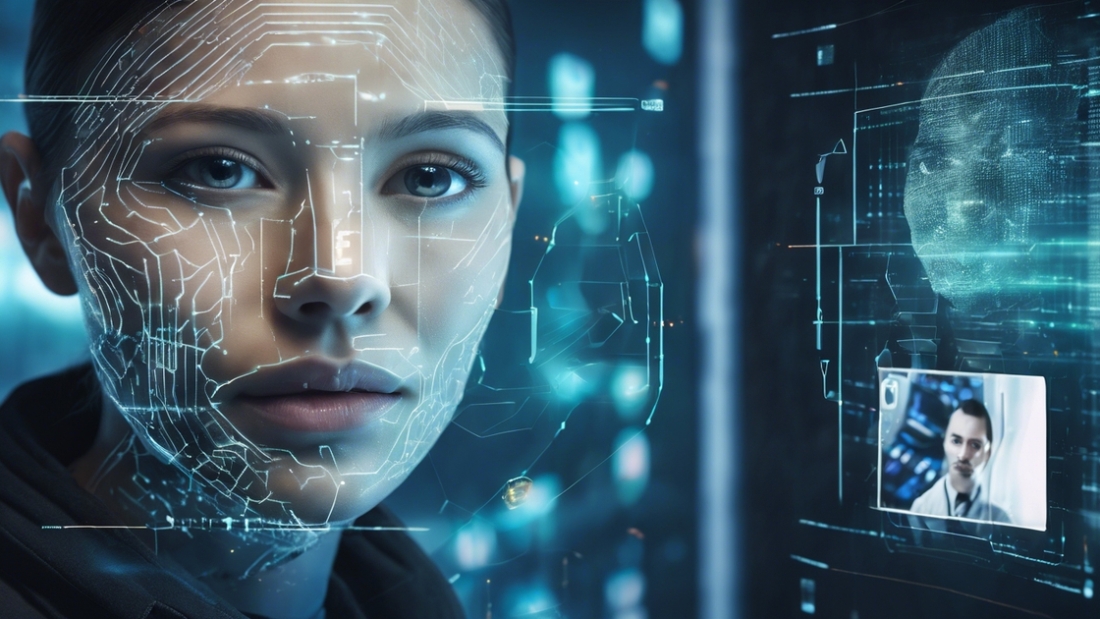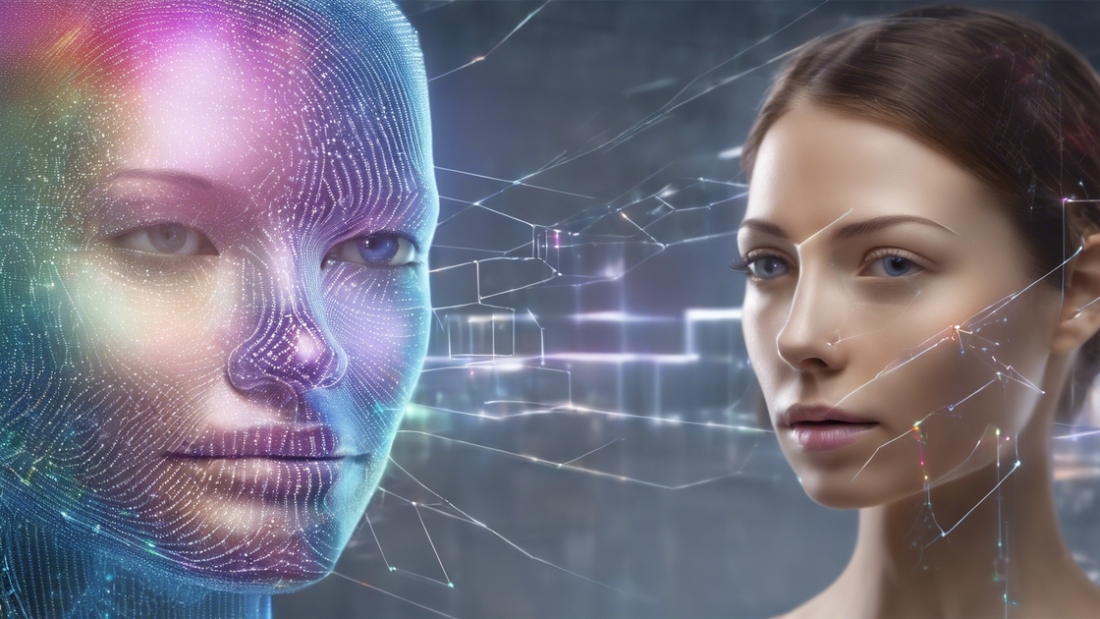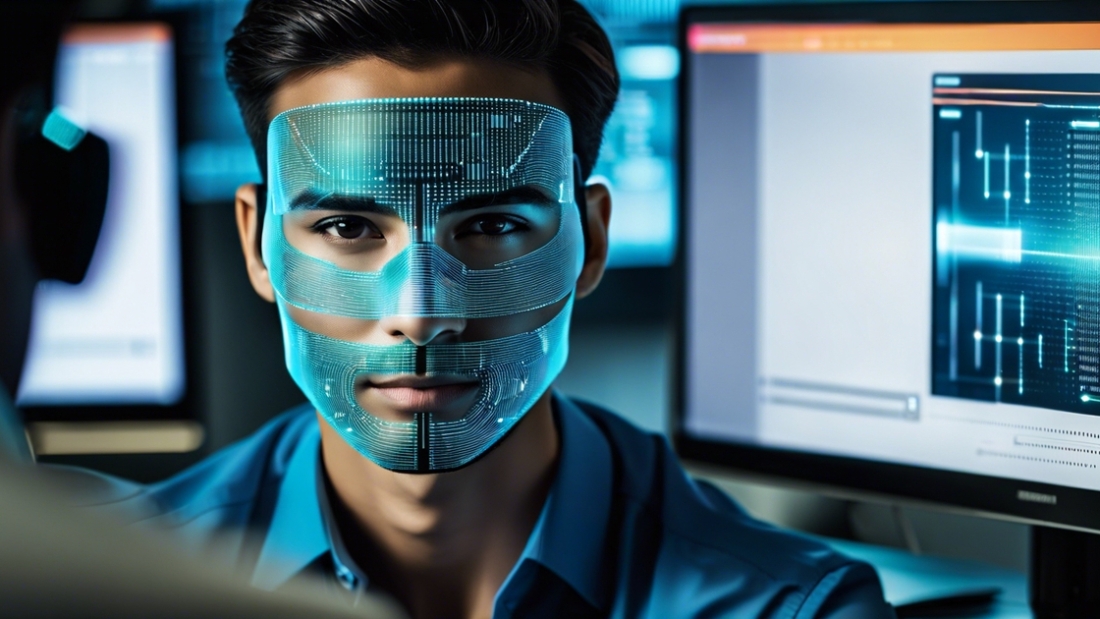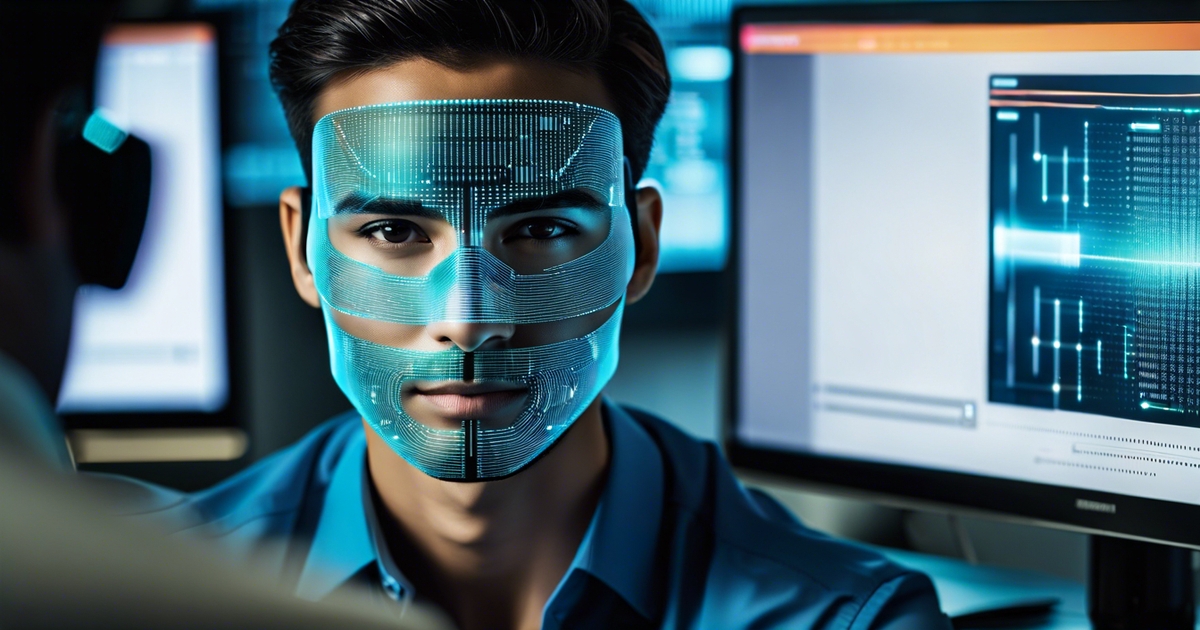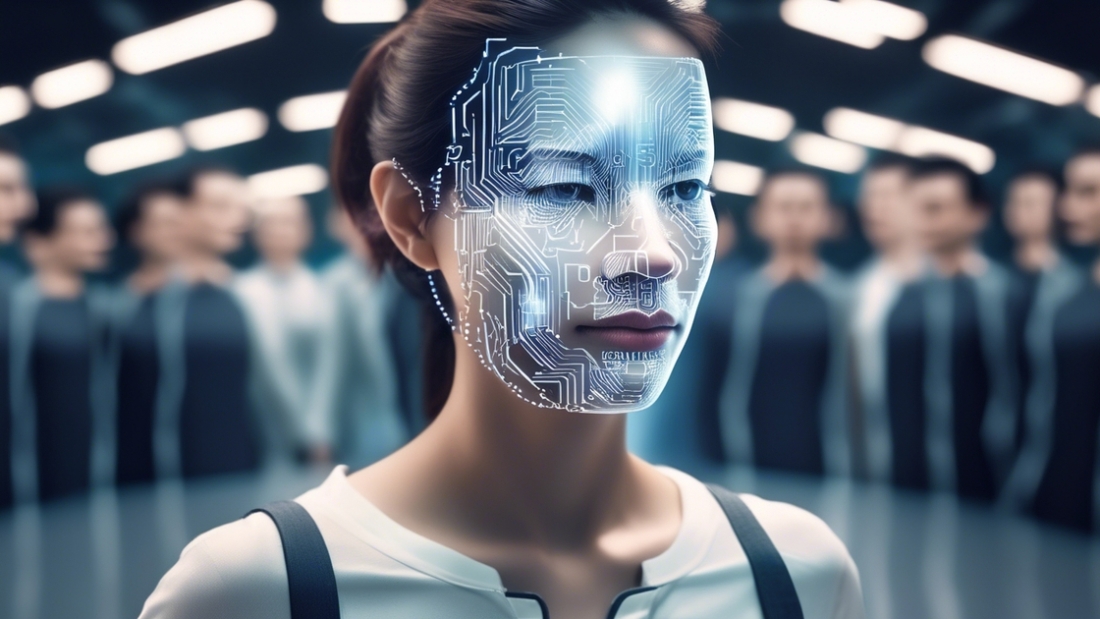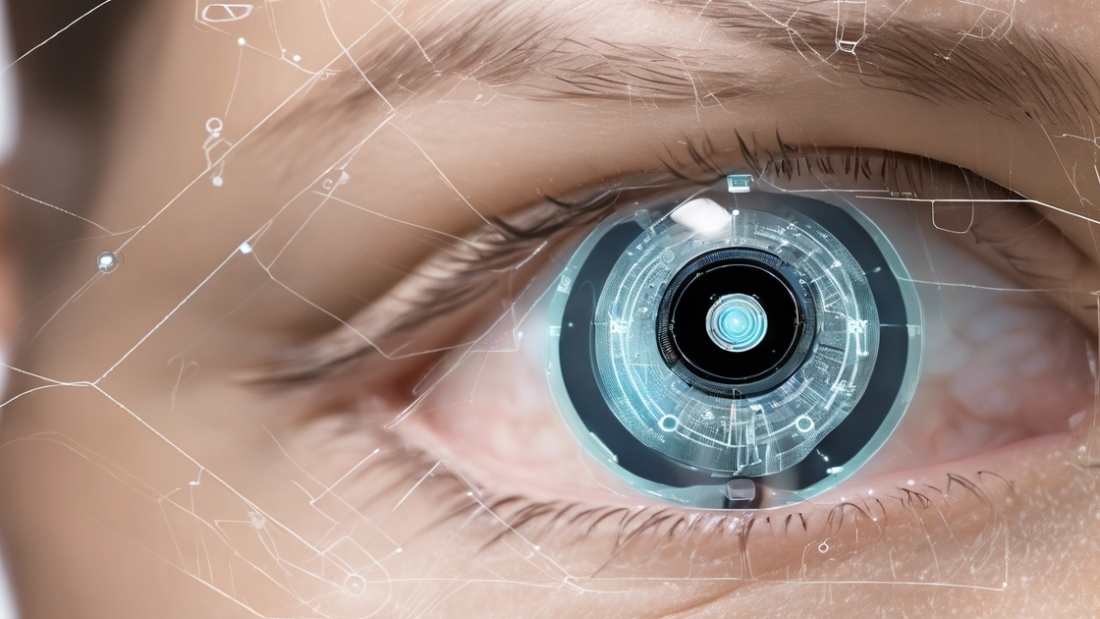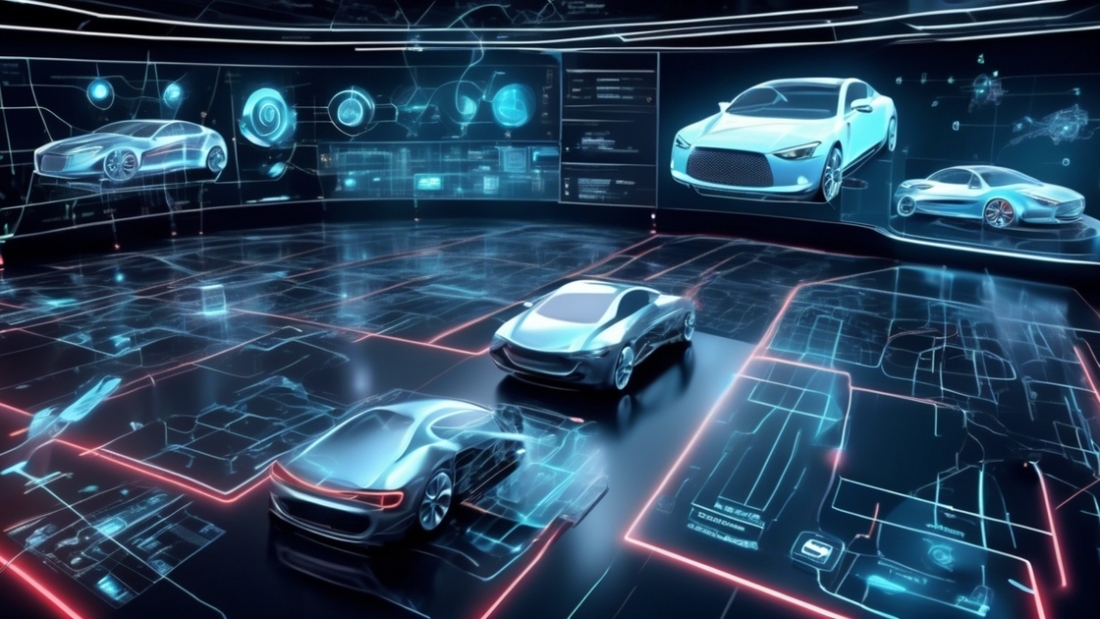Face recognition technology has evolved from simple geometric models to complex deep learning algorithms, revolutionizing how we interact with devices and enhancing security systems globally. This rapid advancement underscores its significance in our daily lives, from unlocking smartphones to identifying suspects in security footage. However, as much as it simplifies tasks and boosts security, it also raises critical privacy and ethical concerns. The balance between convenience and safeguarding personal data is a tightrope walk that both developers and users must navigate carefully. Understanding the history, applications, and implications of face recognition is crucial for anyone looking to grasp its impact on society and individual rights.
Essentials of Face Recognition
Definition Clarity
Face recognition technology stands as a pivotal advancement in digital identification, leveraging unique facial features to distinguish individuals. It operates by analyzing specific landmarks on the face, such as the distance between eyes and the shape of the jawline.
This technology finds its roots in security applications, aiming to enhance personal identification and access control. Its ability to swiftly recognize faces from images or video feeds makes it indispensable in various sectors, including law enforcement and consumer electronics.
Process Breakdown
The core functionality of face recognition systems lies in their methodical approach to measuring and comparing facial features. Initially, the system captures an image or video of a face, then identifies and analyzes key landmarks on the face.
These landmarks are transformed into a digital mathematical representation. The system subsequently compares this representation against a database of known faces to find a match. This process involves complex algorithms and machine learning techniques to ensure accuracy and efficiency.
Biometric Categorization
Biometrics categorization elevates face recognition by providing a secure and reliable method for verifying identities. Unlike traditional security measures that rely on something you have (like a key) or something you know (like a password), biometrics is based on something you are. This intrinsic link to individual physical characteristics significantly minimizes the risk of impersonation or identity theft.
The integration of face recognition into biometric systems has revolutionized security protocols, offering enhanced protection across various domains. From unlocking smartphones to boarding planes without a boarding pass, its applications are both diverse and expanding.
Video Analytics Explained
Core Concept
Video analytics transforms raw video into actionable insights. It uses sophisticated algorithms to analyze video content. This technology identifies patterns, behaviors, and incidents automatically.
Businesses and cities use it for enhanced security and operational efficiency. Its ability to process and interpret video data in real-time or from recordings sets it apart. This capability allows for immediate response or deep analysis of recorded footage.
Surveillance Enhancement
In the realm of security, video analytics is a game-changer. It supports surveillance by identifying potential security breaches as they happen. This proactive approach to security helps prevent incidents before they escalate.
For instance, if a person loiters in a restricted area, the system can alert security personnel instantly. Such real-time monitoring ensures that threats are identified and addressed swiftly. This technology also helps in crowd management and traffic flow analysis, making public spaces safer.
Real-Time Monitoring
Real-time monitoring is another significant benefit of video analytics. It enables the continuous observation of activities across multiple locations. Users can receive instant alerts about specific events or anomalies detected by the system.
This feature is crucial for ensuring safety in places like airports, malls, and schools. It allows for quick decision-making and response to emergencies, enhancing overall security measures.
Technology Behind
The backbone of video analytics is its advanced technologies and algorithms. These include machine learning, artificial intelligence (AI), and pattern recognition. Together, they allow the system to process vast amounts of video data efficiently.
These technologies enable the system to learn from the data it processes. Over time, it becomes more accurate in identifying specific objects or behaviors. For example, integrating face recognition technology improves the system’s ability to identify individuals in crowded spaces.
Face recognition, discussed in the previous section, plays a crucial role here. It enhances video analytics by providing accurate identity verification. This integration is vital for areas requiring high-security measures.
Merging Face Recognition and Video Analytics
Enhanced Security
Integrating face recognition with video analytics brings significant improvements to security systems. This combination allows for real-time identification and verification of individuals within a monitored environment.
Security teams can now pinpoint and track specific individuals across multiple cameras, enhancing the ability to respond to potential threats swiftly. This integration also reduces false alarms, a common issue in traditional surveillance systems, by verifying the identity of subjects against known databases.
Real-Time Monitoring
The merger between these technologies enables continuous and real-time monitoring of public spaces, workplaces, and sensitive areas.
Operators receive instant alerts when unauthorized access is detected or when individuals of interest are recognized by the system. This capability is crucial for preventing incidents before they escalate, ensuring a proactive approach to security rather than a reactive one.
Use Case: Airports
Airports worldwide are adopting the fusion of face recognition and video analytics to bolster security and streamline passenger experiences.
This technology assists in identifying passengers on watchlists or those exhibiting suspicious behavior, significantly reducing the risk of security breaches. It aids in managing large crowds, helping to direct flows and improve overall safety during peak times.
Use Case: Retail
In the retail sector, this technological synergy is transforming how businesses address theft and inventory loss.
By recognizing known shoplifters as soon as they enter a store, retailers can preemptively take action to prevent theft. Furthermore, analyzing customer traffic and behavior through video analytics helps in optimizing store layouts and improving customer service.
Smart Cities
Cities around the world are leveraging the combination of face recognition and video analytics to enhance urban security and efficiency.
Smart city initiatives include tracking missing persons, managing traffic flow, and monitoring crowded events for potential threats. These applications not only improve safety but also contribute to smarter resource allocation and emergency response planning.
System Architecture and Real-Time Processing
Key Components
The architecture of a face recognition system is complex, combining both hardware and software to accurately identify and verify individuals. At its core, the system requires high-resolution cameras and sufficient lighting to capture clear images or videos. These hardware components are critical for ensuring that the facial features can be precisely detected in both the Windows server and Linux server Face Recognition Demo Projects.
On the software side, advanced algorithms and machine learning models are employed. They analyze the geometric features of faces, such as the distance between the eyes and the shape of the jawline. This analysis happens in a database where facial data from the Windows server Face Recognition Demo Project and the Linux server Face Recognition Demo Project is stored for comparison.
Real-Time Importance
Real-time processing stands at the heart of effective face recognition systems. It enables immediate identification and verification, which is essential in various applications like security surveillance and customer service. The ability to process data without significant delays ensures that responses are timely and relevant.
For instance, in security applications, real-time processing allows for instant alerts if an unrecognized or flagged individual is identified. In customer service, it can enhance user experience by speeding up verification processes.
Challenges and Solutions
Designing a face recognition system capable of real-time data analysis presents numerous challenges. High on this list is the need for powerful computational resources to handle the extensive data processing involved. Systems must analyze vast amounts of visual data swiftly to identify faces without lag.
Another challenge is achieving accuracy in diverse conditions, such as varying lighting or angles. To overcome these issues, developers use robust algorithms that can adjust to different environments. optimizing software code and employing more efficient machine learning models help reduce processing time.
To ensure seamless real-time processing, many systems now leverage cloud computing. This approach provides scalable resources to meet demand spikes without compromising performance.
Advantages of Integrated Systems
Efficiency Gains
Integrating face recognition with other security systems, such as video analytics, significantly boosts efficiency. This combination allows for real-time monitoring and analysis. It identifies individuals in crowded spaces quickly.
Businesses can track entry and exit without manual checks. This seamless process reduces bottlenecks at access points. It ensures smooth operations, especially during peak hours.
Enhanced Safety
Safety is paramount in both public spaces and private properties. Integrated systems offer a robust solution. They combine face recognition with comprehensive surveillance tools. This integration provides a 360-degree view of security.
Immediate response capabilities are another benefit. Authorities receive alerts about unauthorized access instantly. They can then take swift action to ensure safety. This proactive approach prevents potential incidents before they escalate.
Cost-Effectiveness
For many businesses, the bottom line matters. Integrated face recognition and video analytics systems are cost-effective. They require lower upfront investment than installing multiple standalone systems.
Maintenance costs are also reduced. One integrated system is easier and cheaper to maintain than several separate ones. This affordability makes advanced security accessible to more businesses.
Scalability
Scalability is crucial for growing businesses and evolving public spaces. Integrated systems are highly scalable. They can expand to cover larger areas or incorporate new technologies as needed.
This flexibility ensures that security measures keep pace with growth. It avoids the need for costly overhauls or replacements in the future.
Real-World Applications
Law Enforcement
Face recognition technology has become a cornerstone in law enforcement efforts. Agencies use it to identify suspects quickly and accurately. They match images from crime scenes with vast databases of known individuals. This process has led to the swift resolution of cases that might have remained unsolved.
The technology also aids in finding missing persons. By analyzing surveillance footage, authorities can locate individuals faster than ever before.
Border Control
At international borders, face recognition streamlines the identification process. It enhances security while reducing wait times for travelers. Passengers now often encounter biometric systems that verify identities in seconds. This application ensures that border crossings are both safe and efficient.
Countries have adopted this technology at airports and seaports alike. It helps in detecting fraudulent documents and preventing identity theft.
Secure Access
In the corporate world, secure access to buildings is paramount. Face recognition offers a keyless entry system that is both convenient and secure. Employees no longer need to carry badges or remember codes.
This technology checks faces against a database of authorized personnel. It grants access only to those who match. This system not only improves security but also streamlines the entry process for workers.
Retail and Hospitality
Retailers and hospitality providers use face recognition to offer personalized services. By identifying customers as they enter, businesses can tailor their interactions and recommendations. This personal touch enhances the customer experience significantly.
Hotels employ this technology for check-in processes, making them smoother and more welcoming. In retail, it helps in managing loyalty programs by recognizing members automatically.
Healthcare
Patient identification is critical in healthcare. Face recognition ensures that medical records are matched accurately with patients. This reduces errors and improves patient safety.
Hospitals are adopting this technology to streamline check-ins and access to medical services. It offers a seamless experience for patients while ensuring their data is secure.
Banking
In banking, security is a top concern. Face recognition provides a layer of protection for transactions. Customers can access their accounts or authorize payments with just a glance.
Banks use this technology in mobile apps and ATMs. It offers a balance between convenience and security, making banking safer for everyone.
Addressing Challenges and Ethical Concerns
Privacy Implications
The widespread use of face recognition technology raises significant privacy concerns. Individuals often lack control over how their biometric data is collected, used, and shared. Without explicit consent, this can lead to a feeling of constant surveillance.
Companies and governments must prioritize transparency. They should inform people when and why their facial data is being captured. Moreover, robust data security measures are crucial to protect this sensitive information from breaches.
Ethical Considerations
Ethical challenges with face recognition go beyond privacy. The question of consent is paramount. People should have the right to opt out of facial data collection, especially in public spaces where opting out is harder.
Another ethical concern is the potential for discrimination. Biases in face recognition can lead to unfair treatment based on race, gender, or age. Ensuring diversity in training datasets is essential to mitigate these biases.
Inaccuracy and Misuse
Inaccuracies in face recognition can have serious consequences. False positives can lead to wrongful accusations or denial of services. It’s crucial for developers to improve accuracy and reduce errors.
The potential for misuse also looms large. Without proper safeguards, authorities could use face recognition for unwarranted surveillance or repression. Establishing clear usage guidelines is necessary to prevent abuse.
Regulatory Frameworks
Regulatory frameworks play a key role in ensuring responsible use of face recognition technology. Laws and regulations should protect individuals’ privacy and civil liberties while allowing the benefits of the technology to be realized.
Countries around the world are beginning to enact such frameworks. They include provisions for consent, data protection, and accountability measures for misuse. Industry standards can also guide ethical practices and technical accuracy.
Industry Standards
Adopting industry standards is vital for building trust in face recognition technology. Standards can ensure that systems are accurate, reliable, and free from bias. They can also promote interoperability between different technologies and platforms.
Organizations like the IEEE and ISO are working on such standards. By adhering to these guidelines, companies can demonstrate their commitment to ethical practices.
Future Trends in Emergency Response Technologies
AI Integration
AI and machine learning are set to revolutionize emergency response systems. They promise to enhance face recognition and video analytics, making these technologies faster and more accurate. With AI, emergency services can identify individuals in crisis situations quickly, improving rescue operations’ efficiency.
Advancements in machine learning algorithms mean that systems can learn from vast amounts of data. This learning improves their ability to recognize faces in challenging conditions, such as low light or amidst debris post-disaster. Such capabilities ensure quicker identification and aid dispatch, potentially saving more lives.
Real-Time Analysis
The future of emergency response lies in the ability to analyze situations in real time. Integrating face recognition with live video feeds will allow first responders to assess scenarios as they unfold. This integration can pinpoint individuals needing immediate help or identify blocked routes that might slow down rescue efforts.
Real-time analysis also extends to natural disasters. By analyzing footage from drones or surveillance cameras, AI-powered systems can map affected areas accurately. This mapping helps in strategizing relief efforts effectively, ensuring resources are directed where they’re most needed.
Smart Systems
Emerging technologies are paving the way for smarter, more responsive emergency systems. These systems leverage IoT devices, drones, and wearable technology alongside face recognition to offer comprehensive crisis management solutions.
For instance, drones equipped with face recognition capabilities can scan large disaster-hit areas quickly. They provide real-time data back to command centers, aiding in the swift location of survivors. Wearable devices can monitor vital signs and alert emergency services if someone is in distress, further enhancing response times.
Predictive Analytics
Predictive analytics will play a crucial role in future emergency responses. By analyzing past incidents and current data trends, AI systems can forecast potential emergencies before they occur. This foresight enables authorities to prepare adequately, potentially averting disasters or mitigating their impact.
Predictive models can also anticipate the movement of large crowds during an evacuation, optimizing escape routes and reducing the risk of stampedes or bottlenecks. Such planning is invaluable in ensuring public safety during high-risk events or natural calamities.
Summary
Face recognition combined with video analytics represents a transformative leap in how you monitor, analyze, and respond to real-world scenarios. From enhancing security measures to streamlining emergency responses, the integration of these technologies offers unparalleled advantages. You’ve seen how they work together, the architecture that supports them, and the vast applications they serve. Moreover, addressing challenges and ethical concerns ensures this advancement benefits society responsibly. As future trends point towards even more sophisticated emergency response technologies, staying informed and prepared is key.
Embrace the future by considering how your organization can leverage these integrated systems. Think about the potential to improve safety, efficiency, and decision-making processes. Now’s the time to explore these technologies further, ensuring you’re at the forefront of innovation. Let’s lead the charge in adopting and optimizing face recognition and video analytics for a safer, smarter world.
Frequently Asked Questions
What is face recognition technology?
Face recognition technology analyzes facial features to identify or verify a person’s identity using digital images or video frames. It’s widely used in security and personal verification systems.
How does video analytics enhance face recognition?
Video analytics allows for real-time processing and analysis of video streams, improving the accuracy and efficiency of face recognition by identifying and tracking individuals across different frames and angles.
Can face recognition and video analytics be integrated?
Yes, integrating face recognition with video analytics enhances security systems by enabling real-time identification and tracking of individuals in various environments, making surveillance more efficient and responsive.
What is the system architecture for integrating face recognition with real-time processing?
The system architecture typically involves cameras for data capture, processing units for analyzing video streams, storage for data retention, and software algorithms for face recognition and video analytics, ensuring seamless real-time processing.
What are the advantages of integrated face recognition systems?
Integrated systems offer enhanced security, improved accuracy in identification, efficient real-time processing, and the ability to track individuals across different locations and times, providing comprehensive surveillance solutions.
How are integrated face recognition systems applied in the real world?
They’re used in various sectors including law enforcement for suspect identification, retail for customer behavior analysis, airports for security checks, and smart cities for public safety monitoring.
What challenges and ethical concerns arise with face recognition technology?
Challenges include privacy invasion, data security risks, potential biases in algorithmic decision-making, and the need for regulatory compliance. Addressing these concerns is crucial for ethical use and public acceptance of the technology.
What future trends are expected in emergency response technologies involving face recognition?
Future trends include the integration of AI and machine learning for enhanced decision-making, the use of drones for aerial surveillance, and the development of more sophisticated algorithms for quicker and more accurate emergency responses.
